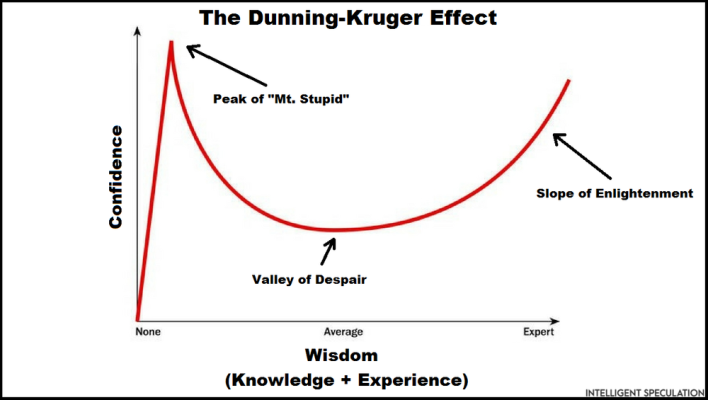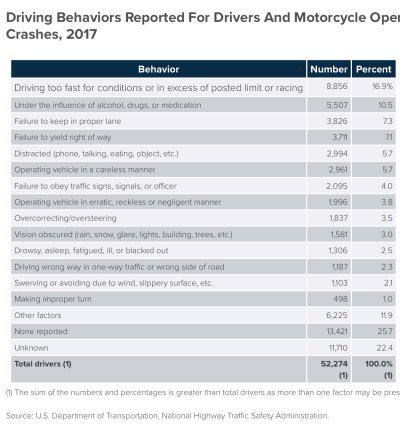ERD50 said:This makes no sense. Of course I have avoided many accidents.
But that's just an "if". I can throw out any scenario I want, that doesn't mean it reflects reality. The question is, are they improving enough to reduce accidents overall.
We need to put failures into context - accidents per miles driven with a comparable benchmark (same profile of cars/drivers/conditions).
I already did that: Tesla with safety features vs Tesla in FSD shows:
46% safer 2019Q4
61% safer 2019Q3
49% safer 2019Q2
Etc
ERD50 said:That lacks context, and you take it out of context. The higher accident rate w/o Autopilot engaged could be because Autopilot can't be engaged in that scenario. We need more info.
From Tesla's site:
So only on highways? IIRC, highways are ~ 4x safer than other roads. This all needs context and bench-marking to be meaningful.
I’m not aware of any limitation to when one can engage autopilot.
We are talking about “Autopilot”. Navigate on Autopilot is an additional feature, not sure the relevance here.
You’re not going to get a better statistic than Tesla with AP on vs AP off. Same drivers, same cars, same locations.
You might have some situational variation (maybe some do only use it on highways) but out of my antidotal sample size of 6, that is not the case.
ERD50 said:If you can define "relative complete highway driving in good conditions", we can set our calendars to revisit this in 5 years. While we certainly will see improvements, I remain very skeptical that a sub $100,000 (un-subsidized) car could be relied on to be fully autonomous, even limited to a highway, and even limited to good conditions. Maybe on special segments of roads dedicated to testing the technology, but not just for any given road trip, where the driver can just read, take a nap, whatever, and let the car take over for hours. I could be proven to be wrong, but I highly doubt it.
There is a heck of a lot more to it than avoiding stopped cars.
-ERD50
You can always find more details to argue over and nitpick. Doesn’t change anything I said.


